SELECTED AS ONE OF THE BEST DUTCH BOOK DESIGNS 2019
The Kindness of One
Every moment contains multiple possibilities, though sometimes we cannot feel it. Small decisions, small gestures, and small actions ripple outwards from our bodies into the lives of others, collapsing the many possibilities into the determination of reality. With a casual and careless stroke, we can crush the spirit of another in passing without any awareness of having done so. Equally, we can unknowingly radiate to others the inspiration and joy to live another day. Our deepest acts of both cruelty and kindness may in fact be invisible to us.
In The Kindness of One, photographer Margaret Lansink and poet Rene van Hulst contemplate the great potential within a single person’s act of kindness. The couple were inspired by events in 1940, during World War II, in which thousands of Jewish people were trapped in Kaunas, Lithuania between the advancing German troops and the Russian army taking over the Baltic states. On July 24th, the Dutch counsel in Kaunas, Jan Zwartendijk, took personal action and, even though he did not know the Jewish refugees, began to issue visas. In only two weeks, he issued 2,345 visas and saved the lives of more than 6,000 people. The Japanese counsel of Kaunas, Sugihara, likewise issued visas that enabled the people to travel through Russia and reach Japan by boat.
Compared to the scale of history, most days in modern life are banal, filled with administrative tasks like checking email, doing office work, and running household errands. Yet what is a visa but some small piece of administration?
In her black and white images, Lansink traces the feeling of everyday saviours like Zwartendijk through an intuitive view of Kaunas and Japan. She mixes scenes from ordinary daily life with shots of blurred confusion, and layered scenes with reflections that hold us apart from what we see. In his series of short poems, van Hulst muses on the potential of our human existence: we are all afraid and alone, together. In combination, the photographs and words dwell in the possibility of any given moment for a person to choose fear, apathy, and anger, or to choose compassion and kindness. Gently, they urge for kindness.
Text: Katherine Oktober Matthews
“The images resemble Moriyama’s more melancholic work or the End-Times nihilism of Nakahira. It’s a book where the sea merges with the air, where urban landschapes merge into grain-strewn skies where ravens, pigeons and seagulls fly. Power clables stretch across the full-bleed frame. Taps are silhouetted against bleak kitchen windows, men walk through murky streets, and every now and then a face will stare out to anchor the view. The Kindness of One shares the blurred and grainy aesthetic of 1528, but where the aesthetic of 1528 comes as much from the language of a poorly funded dossier as from Japanese photography, The Kindness of Ones comes from the psychology of loss that Moriyama wrote about so beautifully in Memories of a Dog.” Colin Pantall for Source Magazine
Did you also see our ‘Special Edition’ of The Kindness of One
Part of Best Dutch Book Design 2019 jury review:
The Kindness of One is an intuitive, personal exploration of how a Dutch consul and factory director helped thousands of Jewish refugees to escape to Japan from Lithuania in 1940. The story is understood as the impetus for a research project into the experiences of refugees – then and now – and the meaning of empathy and the small gesture. Although the book is printed only in black and silver, it gives the impression of many nuances of colour. An effect ingeniously achieved through the use of two different types of papers for the body: brown-grey Cairn and lighter Munken Lynx Rough. A choice also prompted by a more concrete motivation: the Lithuanian half of the story is told on Munken; the Japanese half on Cairn. The tactile difference between the two papers is utilised to the full to enrich the experience of reading and looking with the sense of touch. Combined with the soft blue-grey paper of the cover, this creates lovely, rich shades of cohesion throughout the project. Painstakingly printed and soundly bound as a Swiss brochure, which means it opens beautifully. A book can be a report on an experience, research or art project – or it can itself be both the experience and the artwork. As is the case here, and with sublime results.
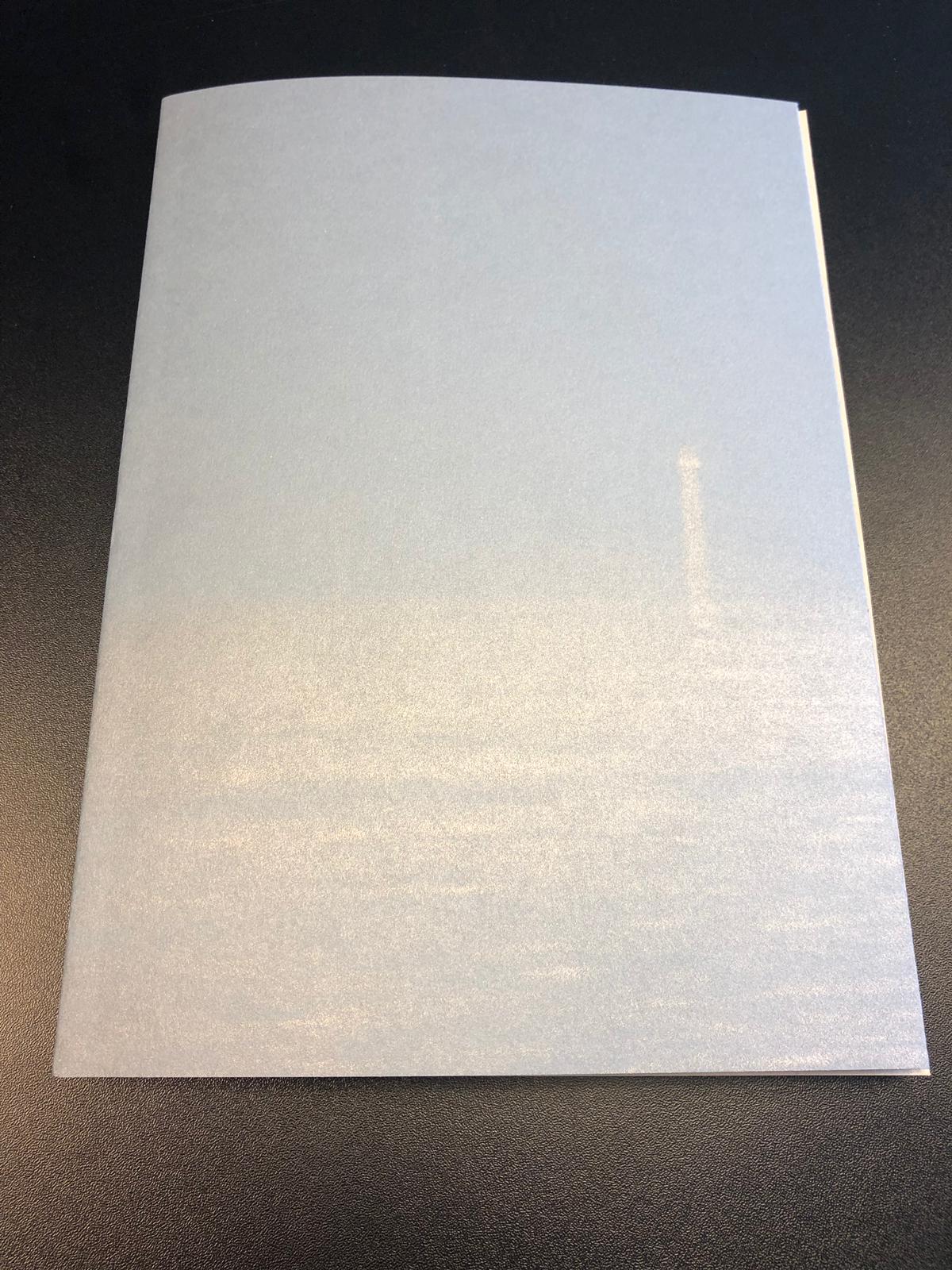
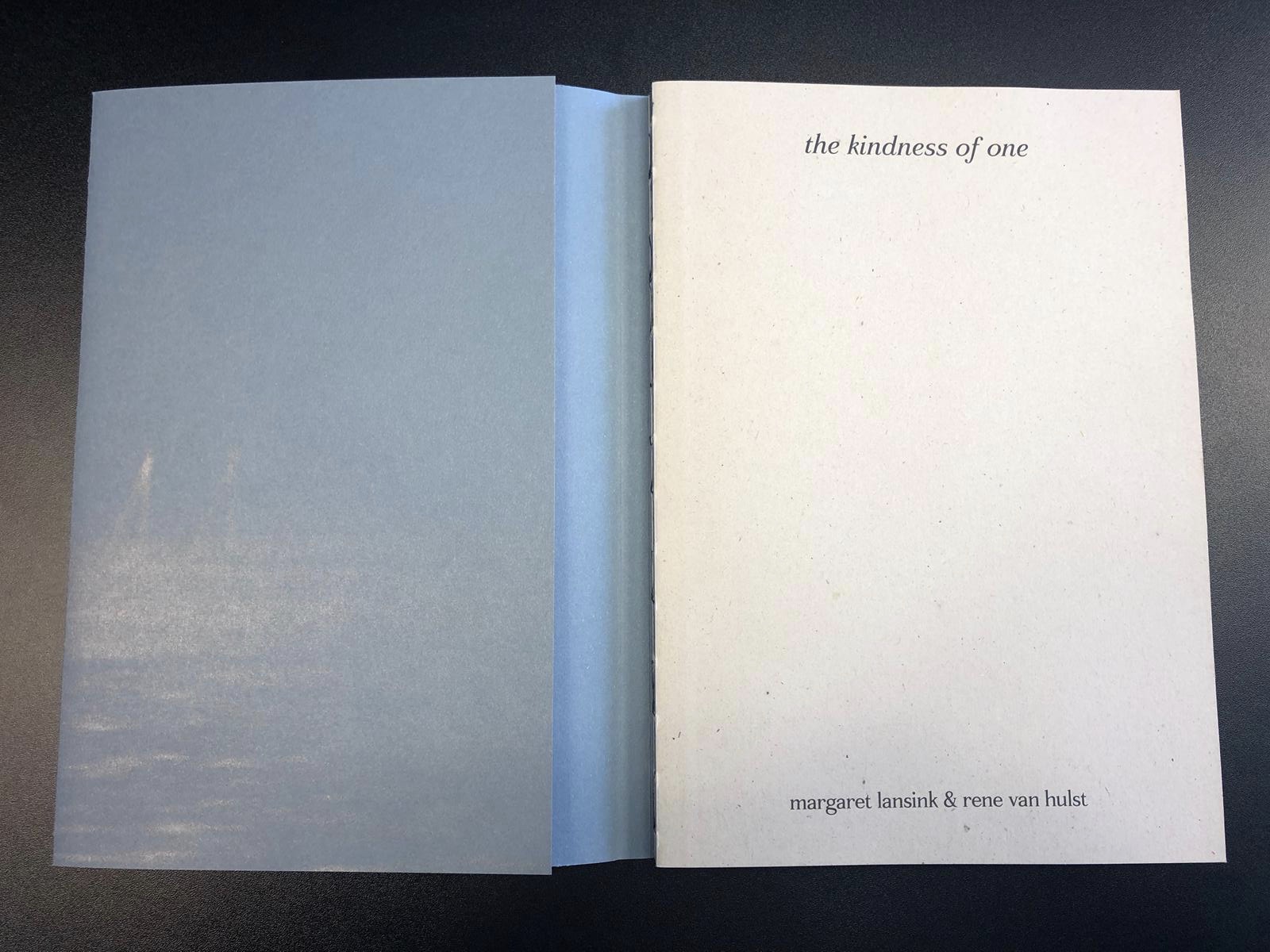

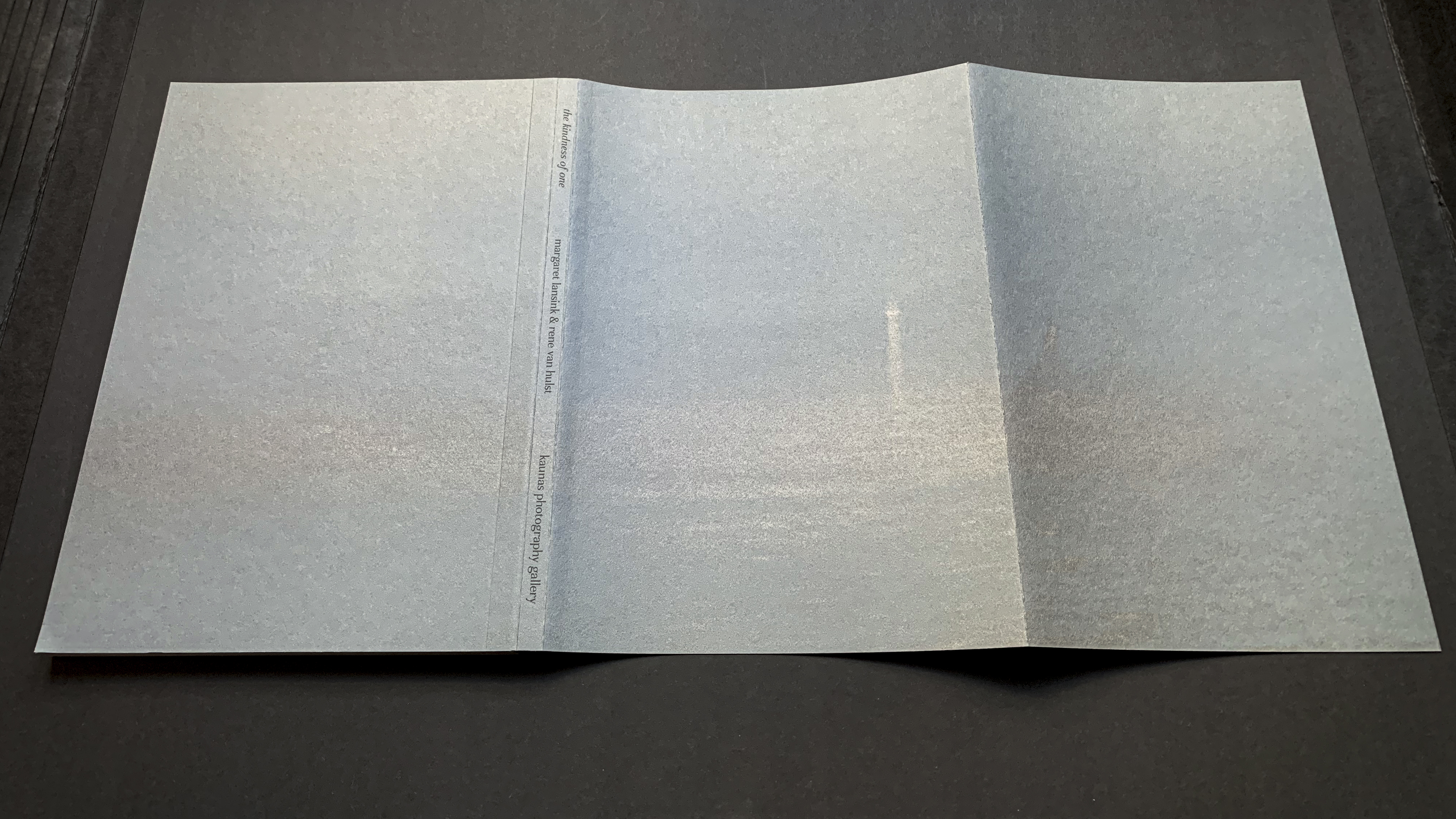
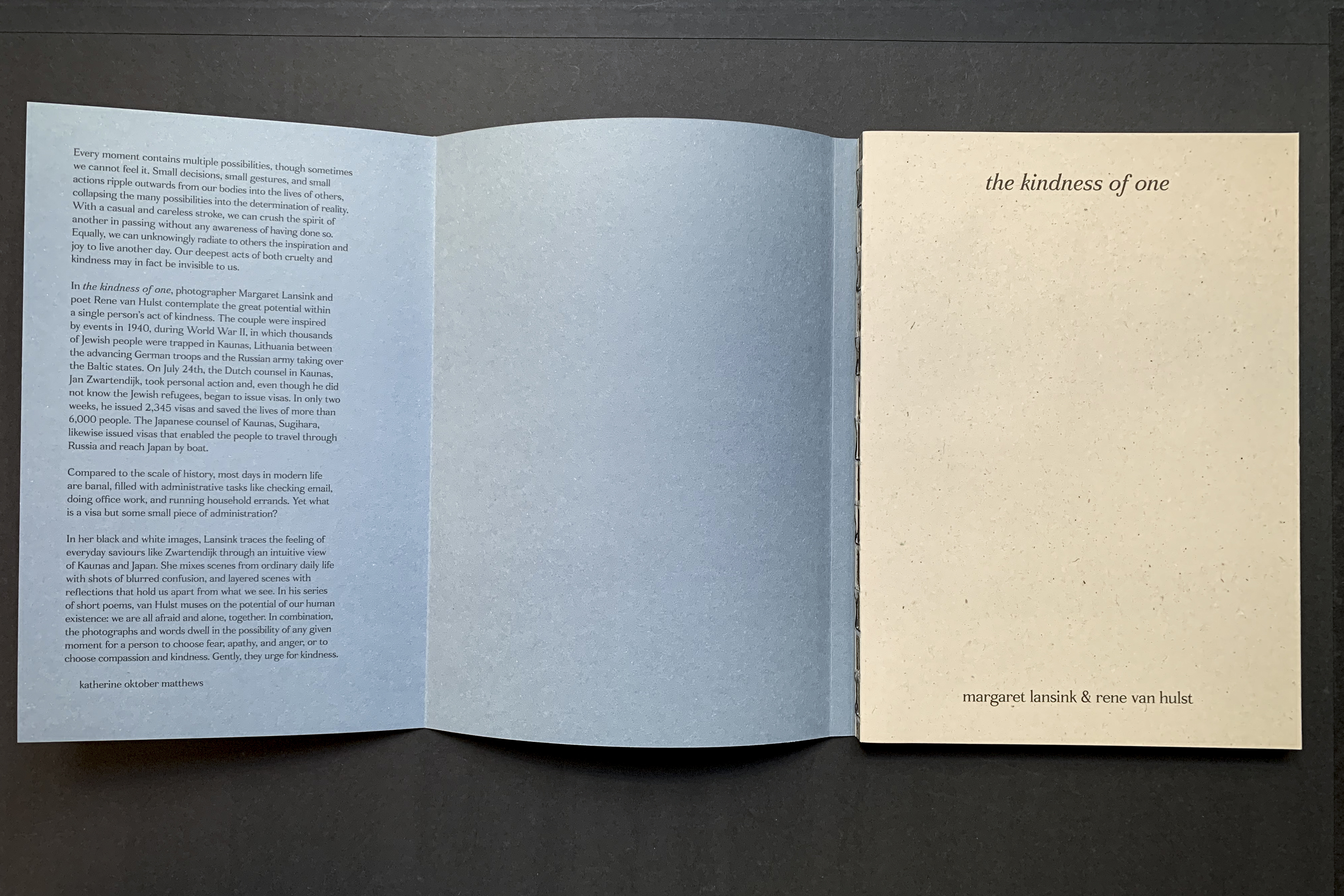
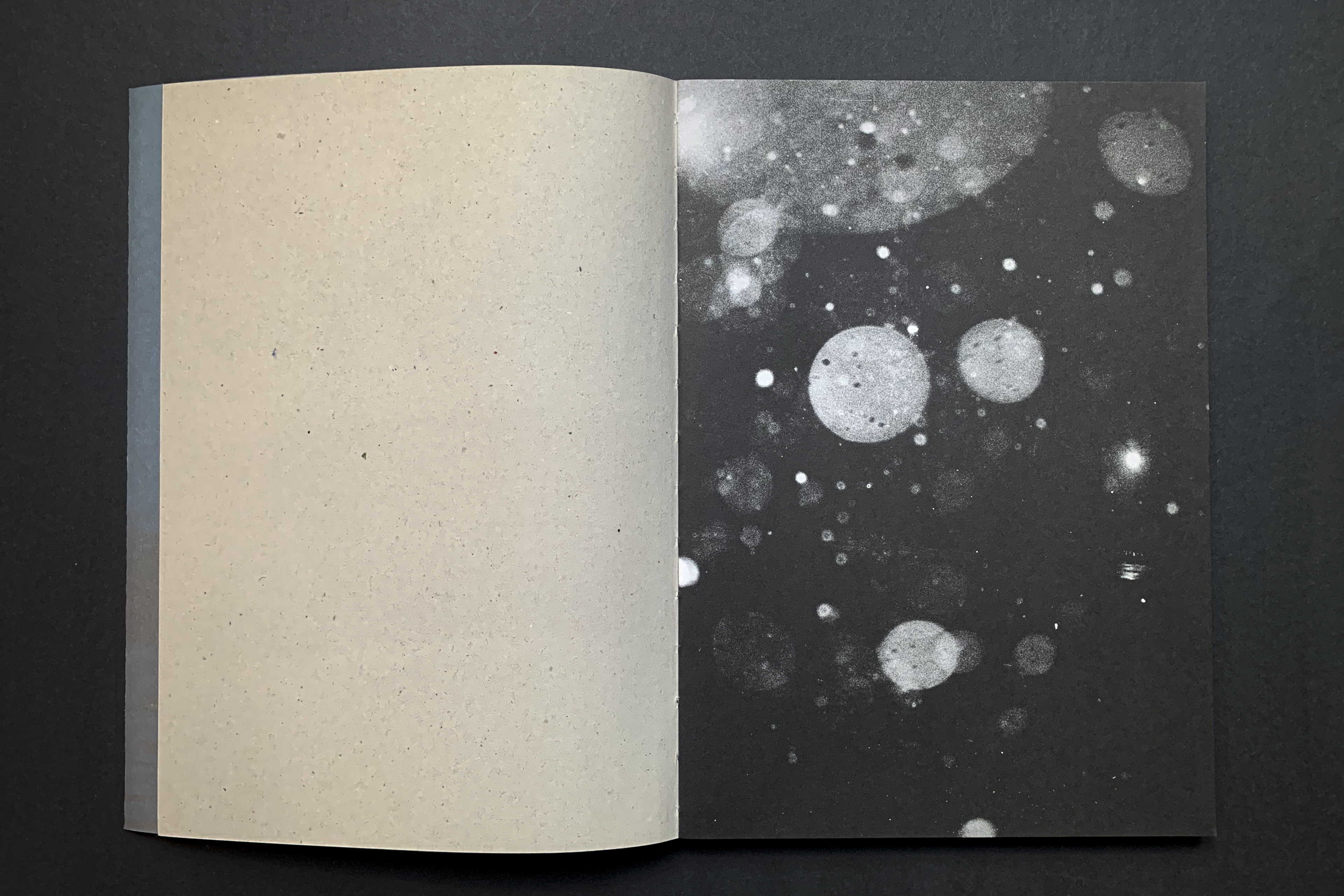

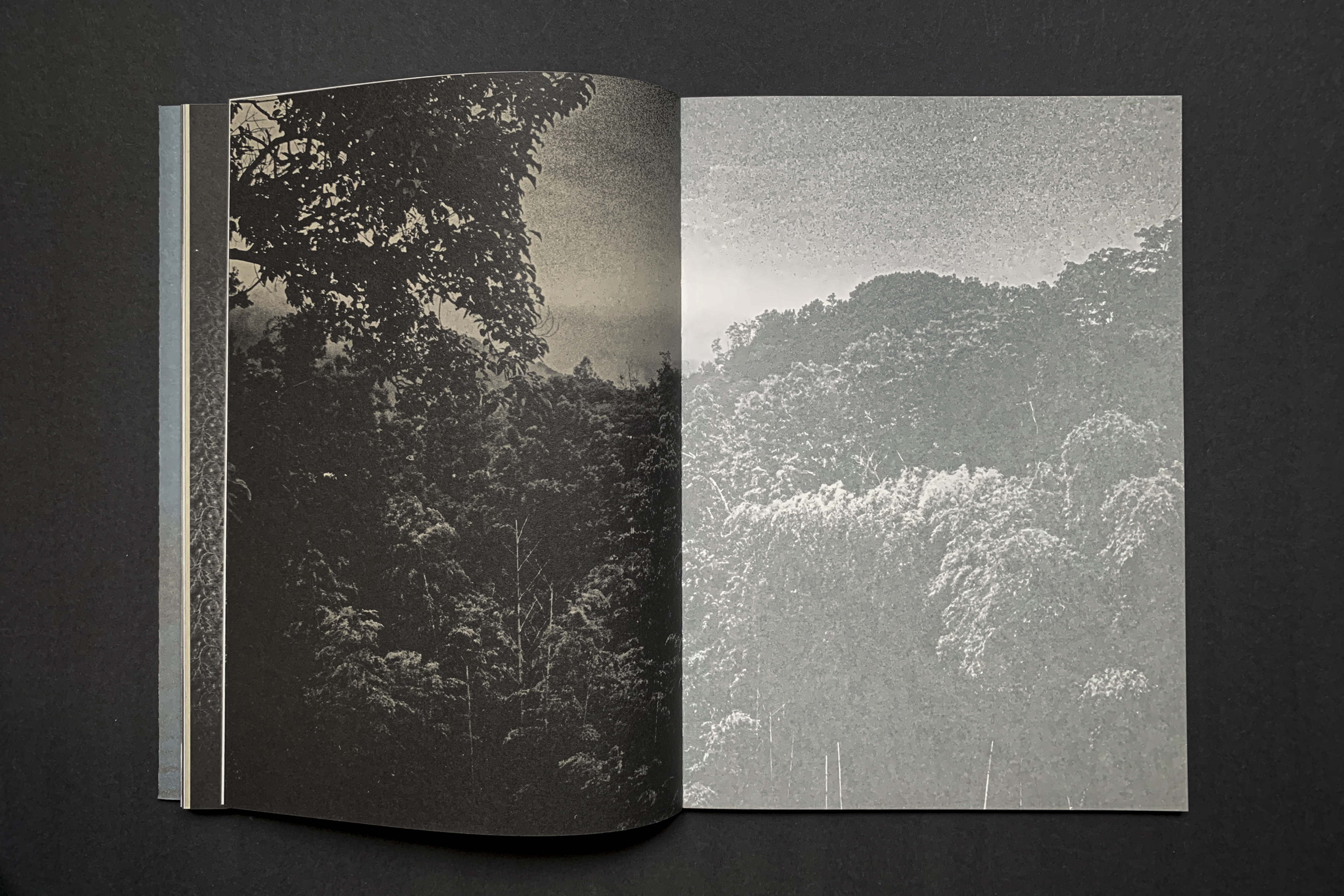

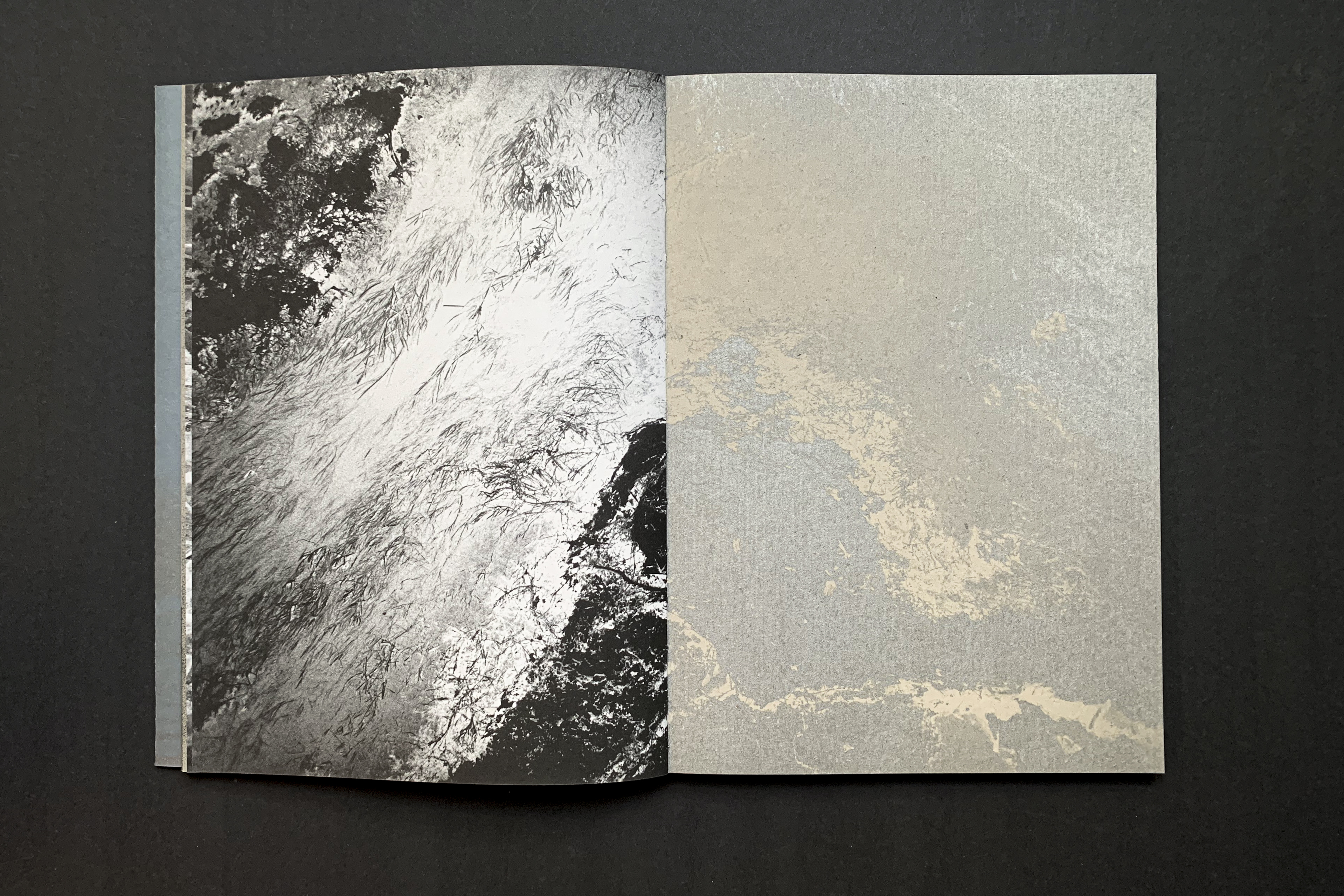
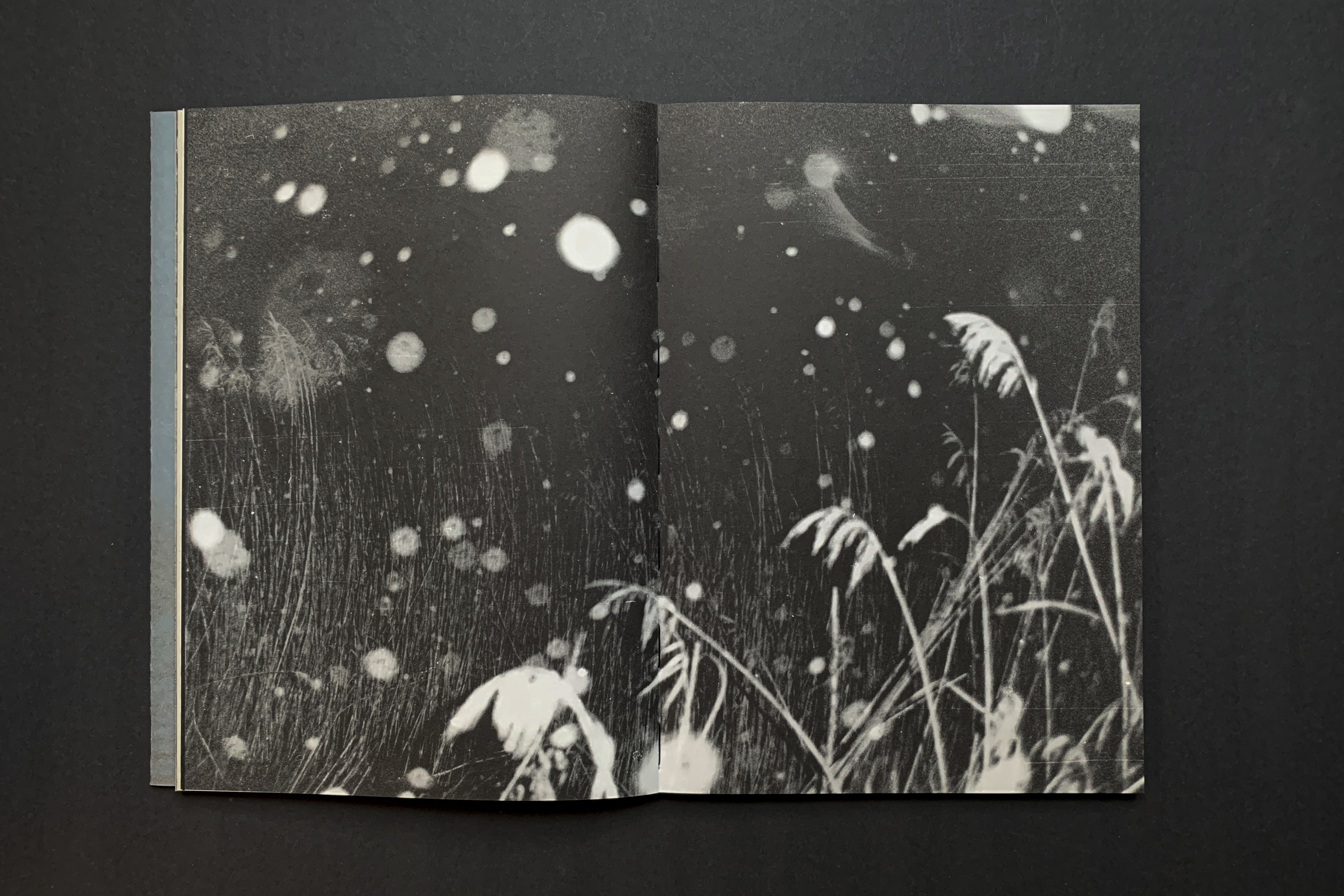




https://vimeo.com/400230729